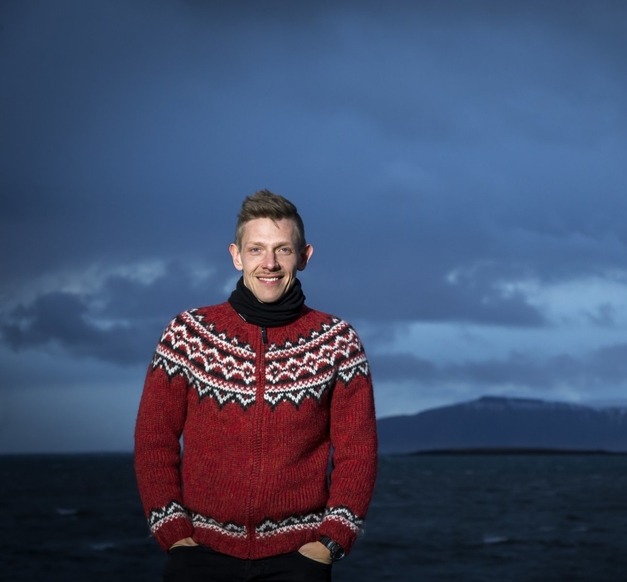Jukka Siltanen, MS in environment and natural resources
"Where the glacier meets the sky, the land ceases to be earthly, and the earth becomes one with the heavens; no sorrows live there anymore, and therefore joy is not necessary; beauty alone reigns there, beyond all demands." Few sentences have better described the beauty and magnetism of Icelandic glaciers than these lines from World Light by Halldór Laxness. The words penned by the Nobel Prize winner have certainly been confirmed in recent years by the flood of tourists into the national parks that have been established around glaciers here in Iceland.
The increased popularity of national parks has raised questions about their economic impact on Iceland. Jukka Siltanen tried to find answers to these questions in his Master's project in environment and natural resources, with particular emphasis on the Snæfellsjökull National Park. "This is the first attempt to research the economic impact of national parks in Iceland using internationally recognised methodology," says Jukka.
His interest in the topic was sparked by the field course 'Management of protected areas', for which students visit protected areas in the central highlands and Southeast Iceland and discuss the challenges faced by neighbouring communities, for example with regard to the development of infrastructure, sustainability and the tourist industry. "Recent research into the economic impact of national parks in my home country, Finland, showed that national parks were not just important in an environmental and social sense, but also economically. This research put them in a stronger position when it came to discussions on the funding of infrastructure," says Jukka.
Jukka Siltanen
The increased popularity of national parks has raised questions about their economic impact on Iceland. Jukka Siltanen tried to find answers to these questions in his Master's project in environment and natural resources, with particular emphasis on the Snæfellsjökull National Park.

The same problems regarding funding of infrastructure development and operations are facing Icelandic national parks, according to Jukka, not least in light of the enormous growth of the tourist industry in Iceland. Therefore the decision to research the economic impact of Icelandic national parks was an obvious one.
Jukka's results show that the Snæfellsjökull National Park has a huge economic impact, around 3.9 billion ISK per year. Visitors to the park create around 700 year-round and seasonal jobs and generate over 900 million ISK in tax revenue. The income tax generated in the park is also 14 times more than the operational costs. "Nowhere in the world, where these research methods have been used, have these numbers been higher. They can be explained by the high number of foreign visitors and relatively low level of investment in national parks here in Iceland," says Jukka.
According to Jukka, the findings highlight the fact that conservation and nature-based tourism are economically strong options when it comes to the use of natural resources. "The results show, for example, that it is necessary to carefully consider the plans for energy generation in the latest framework in comparison with the jobs, income and tax revenue generated by nature-based tourism. There are also clear opportunities to further develop services in national parks on the basis of economic sustainability, because as things currently stand the state receives much more in tax from the national parks than it spends on them."
Supervisors: Daði Már Kristófersson, Dean of the School of Social Sciences and professor at the Faculty of Economics, Sigurður Jóhannesson, Director of the Institute of Economic Studies, and Þorvarður Árnason, Director of the University of Iceland Research Centre in Hornafjörður.


